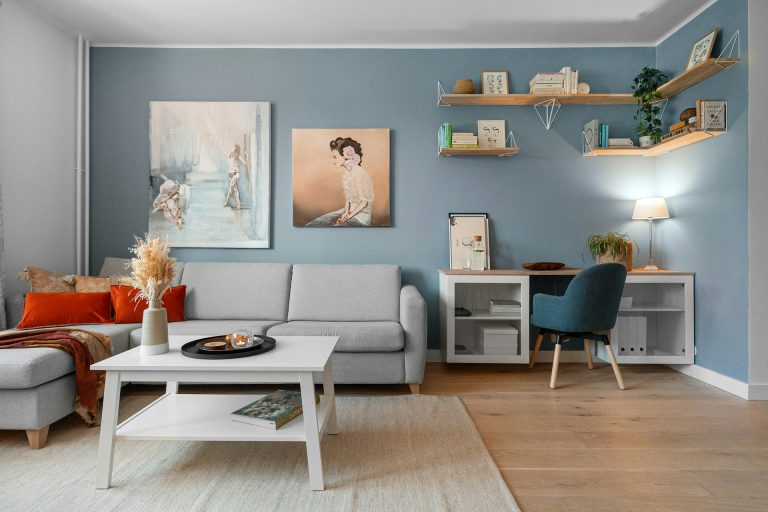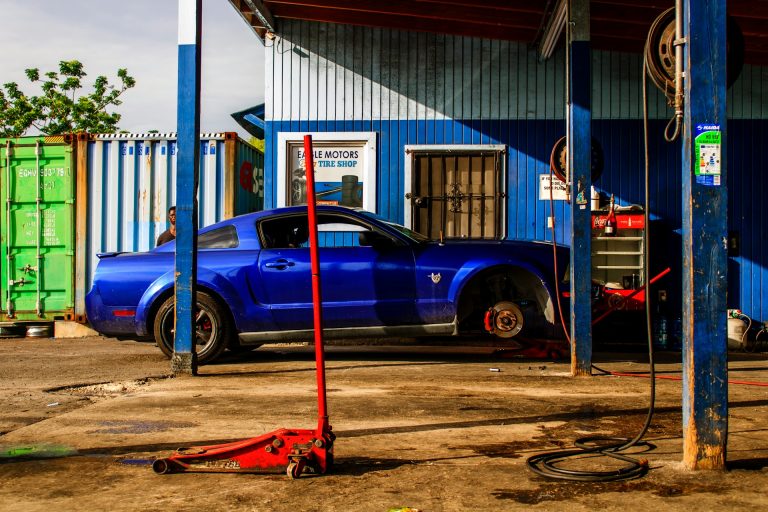Growing Plants in Limited Spaces Like Balconies or Small Yards

Urban living doesn’t mean you have to give up on the joy of gardening. Whether you have a small balcony or a tiny yard, there are plenty of ways to create a lush, productive garden. With smart space management and plant selection, you can grow a variety of herbs, vegetables, and flowers in even the most compact spaces. Here are some tips to help you transform your limited area into a green oasis.
Choose Space-Saving Plants

When space is at a premium, it’s essential to choose plants that thrive in compact environments. Herbs, leafy greens, and certain vegetables are great options for small spaces because they don’t take up much room and can often be grown in containers.
Additionally, plants that grow vertically or come in compact varieties are ideal for maximizing your urban garden’s potential without overwhelming the space.
Herbs: Basil, mint, thyme, and parsley are ideal for containers and don’t require much room. They’re perfect for small pots on windowsills, balconies, or shelves.
Compact Vegetables: Cherry tomatoes, radishes, and lettuce varieties are well-suited for smaller spaces, and can even thrive in vertical gardens or tiered planter setups. These plants grow quickly and efficiently in tight spaces.
Dwarf Fruit Trees: If you want to grow fruit but don’t have room for a full-sized tree, opt for dwarf citrus or apple trees, which are bred to be smaller and thrive in pots. Dwarf trees can still yield a significant harvest, making them a practical choice for small yards or patios.
Climbing Vegetables: Consider adding climbing plants like beans or peas, which grow vertically on a trellis and help conserve floor space. These can add both beauty and function to your small garden area.
By selecting plants that fit the space, you’ll make the most of your urban garden without overcrowding. Keep in mind that proper tools, like lightweight gardening equipment and maintenance gear, will help you care for your garden efficiently—whether it’s watering or trimming plants.
While a large lawn may not be possible, maintaining small areas still requires thoughtful care; for instance, using compact equipment like lawn mower pulleys for small-scale yard maintenance can help keep your space tidy and well-kept.
Make Use of Vertical Gardening

One of the best ways to maximize a small space is by growing upwards rather than outwards. Vertical gardening allows you to add layers of plants without taking up valuable floor space, making it ideal for balconies, patios, or even indoor areas with limited square footage.
Vertical structures also improve airflow around your plants, reducing the risk of diseases caused by overcrowding.
Hanging Planters
Ideal for trailing plants or herbs, hanging planters can be attached to balcony railings, ceilings, or even walls. These planters work well with herbs like thyme, oregano, or creeping varieties of mint. Additionally, flowering plants such as petunias or fuchsias can cascade down, creating a visually striking garden display.
Trellis and Stakes
Use trellises for climbing plants like peas, cucumbers, beans, or even vining flowers such as morning glories. These plants will grow vertically, freeing up ground space for other crops or decorative plants. Trellises can also serve as privacy screens on a balcony or patio.
Shelving Systems
Installing shelves on walls or fences creates multiple levels for pots and containers. This method works well with smaller pots, giving you the ability to rotate plants for optimal sunlight exposure. It also adds height and dimension to your garden space, making it feel more organized and visually appealing.
Pocket Planters
Wall-mounted pocket planters are another clever solution for vertical gardening. These fabric or plastic pockets can be filled with small plants, herbs, or flowers. They’re a great option for growing lettuce, strawberries, or succulents, and can easily fit onto a wall or fence.
Vertical Pallet Gardens
Repurposing wooden pallets into vertical planters is an eco-friendly and creative way to grow small plants. Simply line the pallet with landscape fabric, fill it with soil, and plant herbs, flowers, or leafy greens. This low-cost solution adds a rustic charm to your space.
With vertical gardening, you can significantly increase your growing area and add a beautiful, lush look to your small space. Whether you’re aiming for functionality or aesthetics, vertical planting systems can help you grow more plants while maximizing sunlight and airflow.
This technique not only saves space but also brings visual interest, making even the smallest urban garden feel abundant and thriving. For those looking to enhance their gardening setup, UDC Parts is an online shop where you can find supplies and tools that can assist with your garden needs, offering everything from planters to essential gardening equipment.
Maximize Sunlight
Urban gardens often face challenges with limited sunlight due to surrounding buildings and structures. To help your plants get the light they need, it’s important to position them in the sunniest spot available.
Tips to maximize sunlight
- Track Sunlight Patterns: Observe how the light moves across your space throughout the day. Place sun-loving plants like tomatoes and peppers in the sunniest spots.
- Use Reflective Surfaces: You can use light-colored walls or reflective materials to bounce more sunlight onto your plants.
- Grow Lights: If natural sunlight is limited, consider using grow lights to provide additional light for your plants, especially during the winter months.
Conclusion
Urban gardening is a rewarding way to bring nature into your living space, no matter how small. You can create a beautiful and productive garden on your balcony or in a small yard by choosing the right plants, using vertical space, and practicing smart gardening techniques.
Don’t let limited space stop you from enjoying the benefits of growing your plants—get started on your urban garden today!






